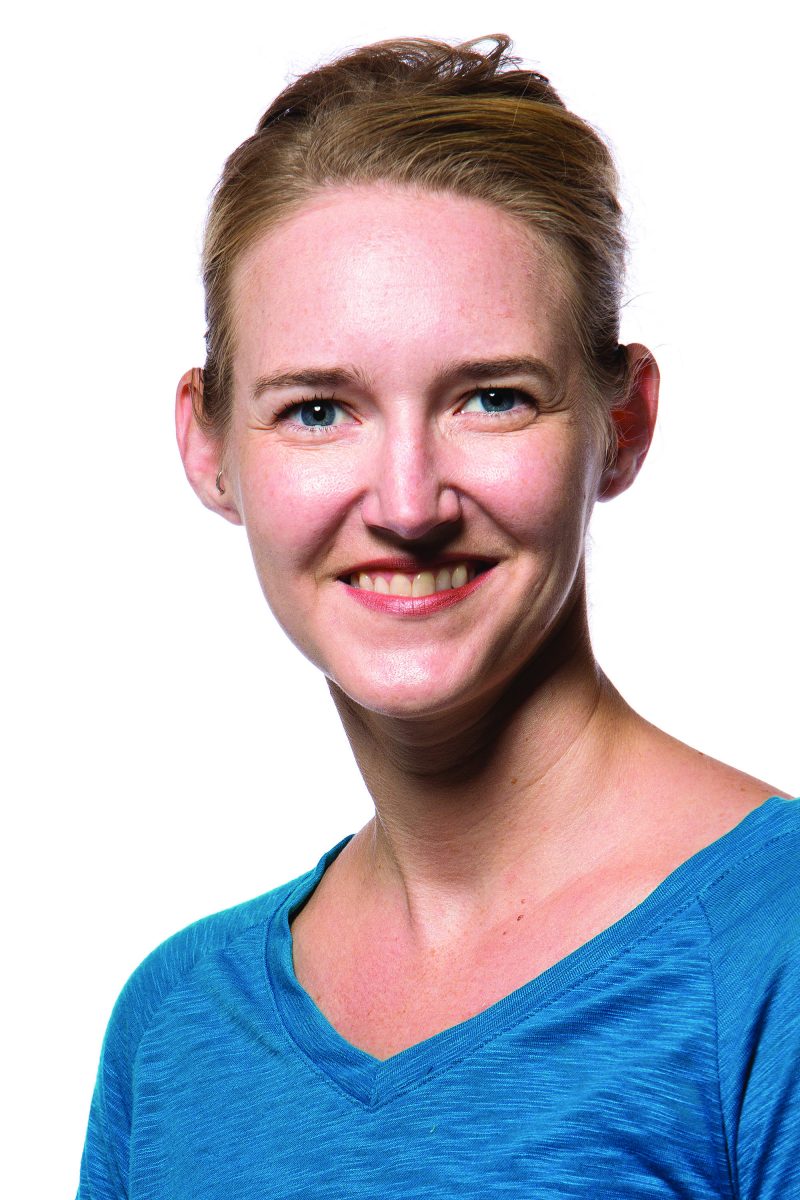

Julie Law
Julie Law received a B.S. in biochemistry and biophysics from Oregon State University, where she conducted research in the laboratory of Walter Ream. She earned a Ph.D. in biochemistry at Johns Hopkins University School of Medicine, where she worked with Barbara Sollner-Webb. Following a postdoctoral fellowship with Steven Jacobsen at the University of California, Los Angeles, Law joined the faculty of the Salk Institute in 2012. In addition to being a Rita Allen Foundation Scholar, she is a recipient of a Ruth L. Kirschstein National Research Service Award from the National Institutes of Health and an L&L Nippert Charitable Foundation grant. In 2015 she was named a Hearst Foundation Development Chair at Salk.
Understanding how cells maintain genome stability is a fundamental biological question of relevance to reproductive health; numerous human diseases, including cancer; and crop yields. While it is known that modifications to chromatin (either in the form of nucleosome remodeling or the addition of chemical modifications to DNA and/or histones) play critical roles in maintaining genome stability, how they accomplish this feat remains unclear. Since mutations affecting chromatin structure in mammals are often lethal, answering such mechanistic questions requires a comparable, but more robust system, such as the plant model Arabidopsis thaliana. Indeed, the best characterized connection between chromatin and genome stability is a phenomenon first characterized in plants, wherein DNA methylation prevents the perilous movement of transposons within the genome by silencing their expression. The Law lab has described a family of Arabidopsis chromatin remodeling factors, CLSY1-4, that affect small RNA biogenesis, DNA methylation-mediated transposon silencing and DNA repair—revealing new links between several pathways critical for genome stability. Given the dual roles of the CLSY proteins, they propose to utilize these factors to dissect the connections between chromatin and genome stability. Such studies will shed light not only how DNA damage is normally repaired, but also on how chromatin-based defects cause genome instability.